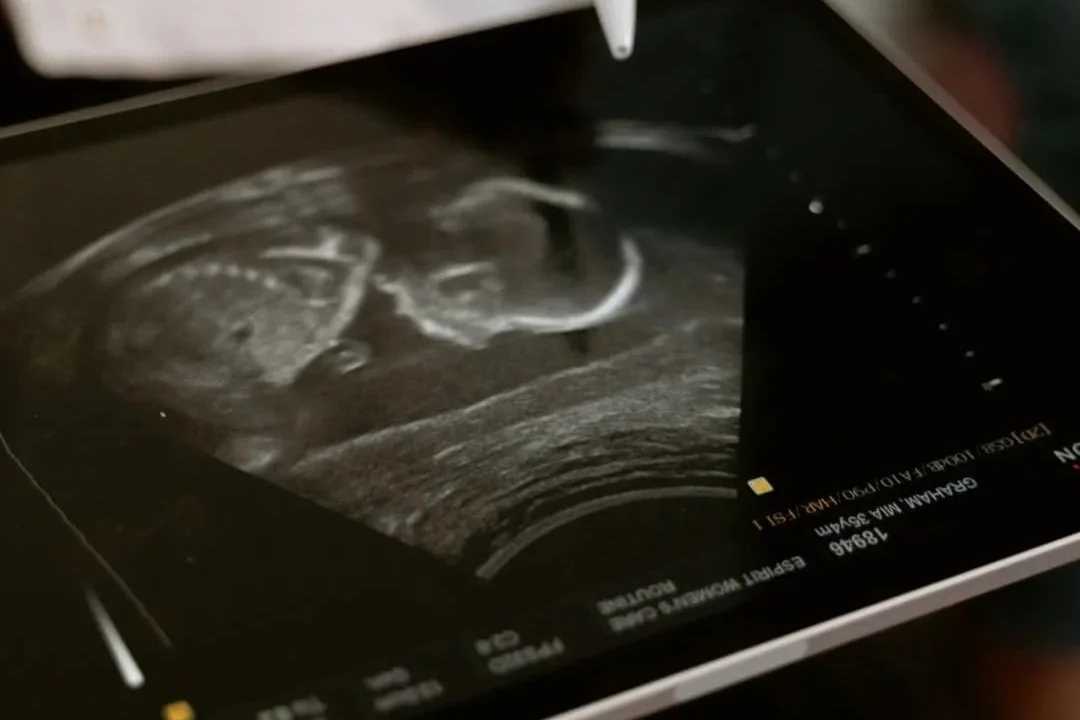EXPLORE THE IMPACTS
Prenatal Exposure to Opioids
Prenatal exposure to opioids can have lasting effects on brain development, particularly on executive functioning, emotional regulation, and the ability to translate thought into action. These early exposures often create challenges with transitions, impulse control, and completing tasks, which can be misunderstood as defiance. Understanding this context is essential for caregivers and professionals, as consistent, structured support—provided “with” rather than “for” the person—helps build regulation, resilience, and the skills needed to navigate daily life safely and successfully.
Brain
Prenatal exposure to opioids affects the cortex- this is the part of the brain responsible for executive functions such as thinking, organizing, problem solving, executing action (turning thoughts into action), frustration tolerance & regulation. Since this occurred prenatally, stem cells may have been damaged, which means the brain will not be able to repair itself. What this means in terms of interventions is that the interventions that work need to be treated like insulin not antibiotics. This means, what is working needs to stay in place over time because the brain will need this support (like a diabetic needs insulin) for a lifetime.
An antibiotic-like intervention or support is one that someone will move away from when they no longer need it. Do not expect that or you will set this person’s brain up for failure. When we work against their brain we end up blaming and shaming people for their challenging reactions. We want to work WITH the person, not against them.
Body
They will need physical activities to assist with regulation and they will need more co-regulation (being within six feet of a safe, calm other) than others. This is because, like with alcohol, the opiates disrupted the development of the part of the brain that connects the regulation center of the cortex with the regulation center of the limbic system. This disconnect will not be corrected over time (please see stem cell discussion in the Brain Section), so as they mature, find age appropriate ways that support them to regulate through physical activities and being within six feet of a safe other. This can also include emotional support animals or even transition objects for some people. A transition object is something that reminds you of a safe other.
Examples for infants include pacifiers and blankets.
Examples for adults include pictures of your loved ones, jewelry, souvenirs, or any reminder of a safe other or a positive experience with a safe other.
Behavioral Patterns
Executive function issues are likely to occur after someone has been exposed to opioids in the womb. The person may have trouble with working memory (thinking), organizing, sequencing, problem solving, response inhibition (impulse control), shifting focus (transitions), executing action (turning thoughts into action), frustration tolerance & regulation.
Because we do not have proper diagnosis in the DSM-V to accurately describe developmental trauma, children or youth are often labeled as Oppositional-Defiant or as having Oppositional-Defiant Disorder.
Someone might present as “defiant” when actually they need time to process. When we are “frozen” in thought, we are on the fear cascade between fight and freeze. This means our fear center has us freeze in a threatening position to keep us as safe as possible while trying to process information. This is not an excuse. It is a context. Understanding this context can help us remember to give people time, and let them know they have all the time they need, instead of correcting their “attitude.” Being patient and kind will get much further and actually support their brain to have the best chance possible to accomplish the task at hand.
They will struggle with transitions and can become aggressive at those times as they become easily overwhelmed since their brain cannot coordinate all of the information and translate that information into action needed for transitions.
Supports
SUPPORT AND STRUCTURE FOR COMPLETING TASKS. Support the person in completing tasks by doing WITH them not FOR them. This also supports co-regulation. If you create with them a visual way to remember the steps or what you did together, you have created a transitional object to represent the safe other, which can lessen their need for that safe other to always be present for them to regulate.
Support to execute action: help the person make a to-do list and complete items. This is not “enabling” a person, this ‘power with’ activity can help people build up the internal capacity to execute action when you’re not there OR even the capacity to ask for help without shame when they need.
Reflect, honor, connect especially when experiencing frustrations. Support the person in expressing emotions and then making a plan for next steps. The Anger Onion can help both the person struggling and those working to support them.
The 3Ps are a crucial part of all transitions. The person will need visual or physical supports or be within 6 feet of a safe other to accomplish the complex brain activity (that many people take for granted because their brains do it with ease) needed for what feels like a “simple” transition.
They will also need to know when they can return to a “preferred” activity. Please know that “preferred” activities are activities that help them feel safe and regulate or burn off stress hormones. They are “preferred” because at some level they are helpful. If the “preferred” activity includes upregulation (getting excited about something or physical movement), they will need assistance downregulating. Their brain and body will not do it without assistance Co-plan cool down activities into their physical activities or anything that brings them excitement or frustration. The fear center cannot distinguish excitement from danger, so it responds to both with agitation without a cool down to calm the fear center (limbic system).
